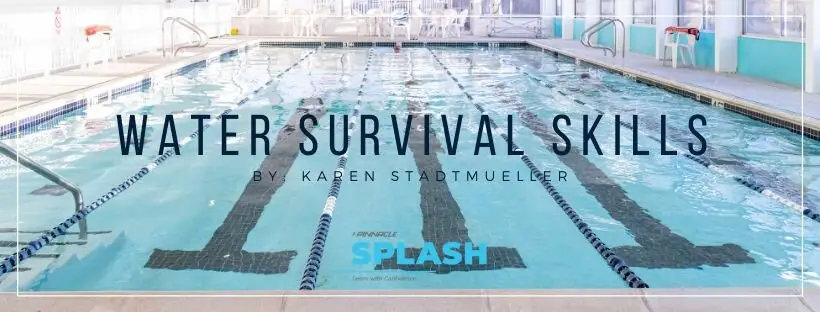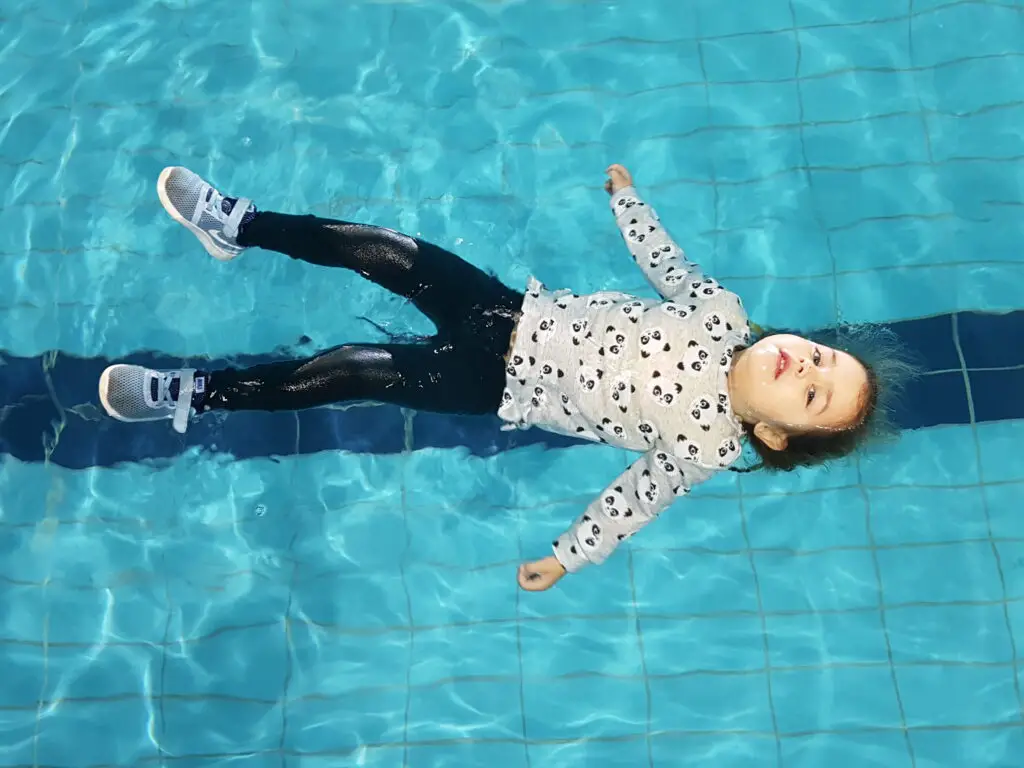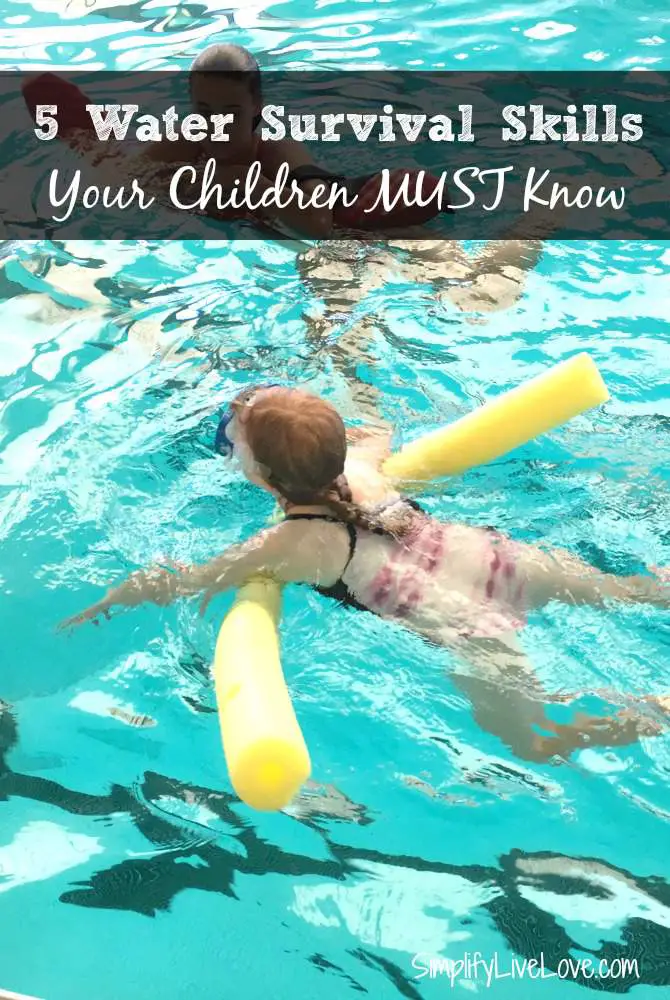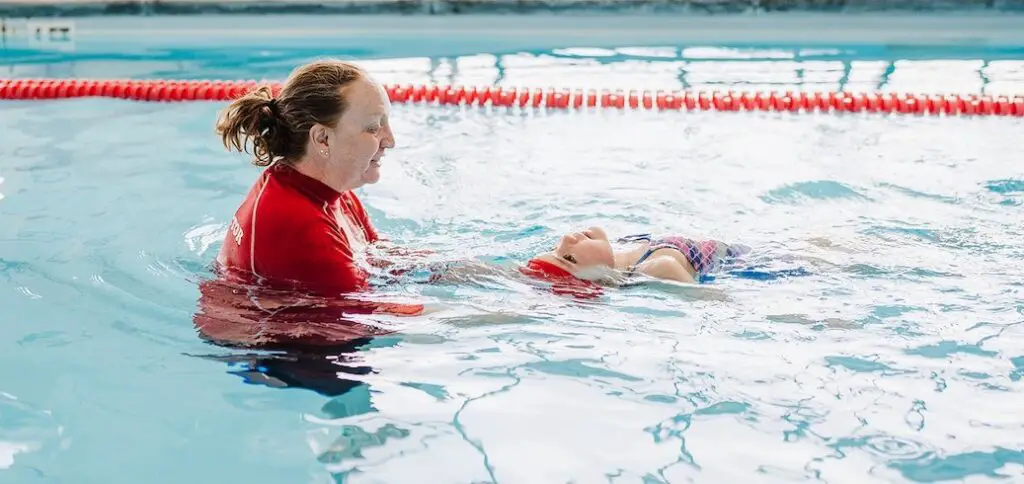“Understanding The Basics Of Aquatic Survival Skills”
Have you ever wondered what would happen if you found yourself in a water-related emergency? Whether you’re on a boating trip, at the beach, or near a pool, it’s essential to have the knowledge and skills necessary to survive in aquatic environments. Understanding the basics of aquatic survival skills can make all the difference in a life-threatening situation. Let’s dive into some key components that will help you stay safe in the water.
The Importance of Aquatic Survival Skills
When it comes to water safety, knowing how to swim is just the tip of the iceberg. Aquatic survival skills encompass a wide range of techniques and knowledge that can help you navigate and survive in various water environments. From understanding water currents to knowing how to perform lifesaving maneuvers, having these skills can mean the difference between life and death in an emergency situation.
Assessing Your Environment
Before you even step foot in the water, it’s crucial to assess your environment and look out for potential hazards. Whether you’re swimming in a pool, a lake, or the ocean, understanding the layout of the area can help you avoid dangerous situations. Take note of any warning signs, underwater obstacles, and changing weather conditions that could impact your safety.
What to Look For:
- Depth of the water
- Currents or tides
- Potential hazards (rocks, plants, marine life)
- Weather conditions
- Signs of distress from others in the area
By being aware of your surroundings and potential risks, you can better prepare yourself for any unexpected challenges that may arise while in the water.

Basic Swimming Techniques
Swimming is a fundamental aquatic survival skill that everyone should master. Whether you’re a beginner or an experienced swimmer, understanding the basics of swimming techniques can help you move efficiently in the water and conserve your energy in emergency situations.
Key Swimming Techniques:
- Freestyle: Also known as front crawl, this stroke involves kicking your legs and moving your arms in a windmill motion to propel yourself forward.
- Breaststroke: This stroke requires you to kick your legs outwards and bring your arms in a circular motion to move through the water.
- Backstroke: Swimmers on their back kick their legs and move their arms in a reverse windmill motion to move backward through the water.
- Treading Water: Treading water involves moving your arms and legs in a circular motion to stay afloat without swimming in any specific direction.
By mastering these basic swimming techniques, you can increase your confidence and efficiency in the water, making it easier to navigate in emergency situations.
Understanding Water Currents
Water currents can be unpredictable and dangerous, especially in open water environments such as rivers or the ocean. Understanding how currents work and how to navigate them can play a crucial role in your survival in the water.
Types of Water Currents:
- Rip Currents: Fast-moving currents that flow away from the shore and can pull swimmers out to sea.
- Undertows: Strong currents that flow beneath the surface of the water and can cause swimmers to be dragged underwater.
- Crosscurrents: Parallel currents that run perpendicular to the shoreline and can make it difficult to swim directly to shore.
By learning how to identify water currents and how to navigate them effectively, you can avoid becoming trapped or swept away by the water, increasing your chances of survival in dangerous aquatic situations.

Floating and Buoyancy Techniques
In emergency situations where you may become tired or injured, knowing how to float and conserve your energy can be life-saving. By using buoyancy techniques and proper body positioning, you can stay afloat and wait for rescue or assistance if needed.
Floating and Buoyancy Tips:
- Lie on Your Back: By lying on your back in the water, you can conserve energy and stay afloat more easily.
- Use Your Arms and Legs: Slow, controlled movements of your arms and legs can help you maintain buoyancy and stability in the water.
- Control Your Breathing: Focus on controlled breathing to stay calm and conserve energy while floating.
Practicing floating and buoyancy techniques in a controlled environment can help you feel more confident and prepared to handle emergency situations where staying afloat is essential for survival.
Basic Water Rescue Techniques
In situations where you may need to assist someone in distress in the water, understanding basic water rescue techniques can be crucial. Whether it’s a fellow swimmer struggling to stay afloat or a boater in need of help, knowing how to perform simple rescue maneuvers can make all the difference in saving a life.
Basic Water Rescue Skills:
- Reach: Use a long object such as a pole, branch, or towel to reach out to a person in distress without putting yourself in danger.
- Throw: If you’re unable to reach the person, throw a floatation device such as a lifebuoy or a rope to help them stay afloat.
- Row: If you’re in a boat, row out to the person in distress and pull them to safety using oars or paddles.
- Go: As a last resort, go into the water yourself to assist the person in need, making sure to approach them from behind to avoid being pulled under.
By familiarizing yourself with these basic water rescue techniques and practicing them regularly, you can be better prepared to handle emergency situations and assist others in need of help in the water.

First Aid and CPR in Water Emergencies
In some aquatic emergencies, providing first aid and CPR may be necessary to save a life. Knowing how to administer first aid and CPR in water-related incidents can be critical in stabilizing a victim until professional help arrives.
Water-related First Aid:
- Rescue Breathing: If a victim is unconscious and not breathing, provide rescue breaths by tilting their head back, sealing their nose, and breathing into their mouth.
- Cardiopulmonary Resuscitation (CPR): Perform CPR by alternating between chest compressions and rescue breaths to help maintain blood flow and oxygenation for an unresponsive victim.
By taking a CPR and first aid course that includes water-related emergencies, you can gain the knowledge and skills necessary to respond effectively in life-threatening situations in the water.
The Importance of Proper Equipment
Having the right equipment can make a significant difference in your ability to survive and stay safe in aquatic environments. Whether you’re swimming, boating, or participating in water sports, having access to essential gear and safety equipment can help you navigate emergencies and protect yourself from potential hazards.
Essential Water Safety Equipment:
- Life Jacket: A properly fitted life jacket can keep you afloat and provide buoyancy in the water, especially if you become injured or unconscious.
- Whistle or Signal Device: A whistle or signal device can help you attract attention and call for help in emergency situations.
- Throw Rope or Floating Device: A throw rope or floating device can be used to rescue someone in distress without putting yourself in danger.
- Emergency Flares: In open water environments, emergency flares can help you signal for assistance and alert rescuers to your location.
By ensuring that you have the necessary safety equipment and gear with you when engaging in water activities, you can improve your chances of survival and prevent accidents in aquatic environments.

Developing a Water Safety Plan
Creating a water safety plan is essential for both individuals and groups engaging in water-related activities. By outlining safety procedures, emergency contacts, and response strategies, you can mitigate risks and stay prepared for unexpected challenges that may arise in the water.
Components of a Water Safety Plan:
- Emergency Contact Information: Include contact information for emergency services, local authorities, and nearby facilities that can provide assistance in water-related emergencies.
- Safety Procedures: Outline specific safety procedures, such as wearing a life jacket or following designated swimming areas, to prevent accidents and injuries in the water.
- Communication Plan: Establish a communication plan for staying in touch with others in your group, including designated meeting points and signals in case of separation.
- Emergency Response Strategies: Define response strategies for various water-related emergencies, such as drowning, injury, or lost swimmers, to ensure a prompt and effective reaction in critical situations.
By developing and regularly reviewing your water safety plan, you can enhance your preparedness and response capabilities in aquatic environments, reducing the risks associated with water-related activities.
Conclusion
Understanding the basics of aquatic survival skills is essential for staying safe and prepared in water-related emergencies. By mastering swimming techniques, learning how to assess water environments, and practicing buoyancy and rescue skills, you can increase your chances of survival and protect yourself and others in aquatic environments. Remember to stay vigilant, practice safety measures, and continuously improve your knowledge and skills to stay safe and confident in the water. By taking these steps, you can enjoy water activities responsibly and be prepared to handle any unexpected challenges that may come your way.

